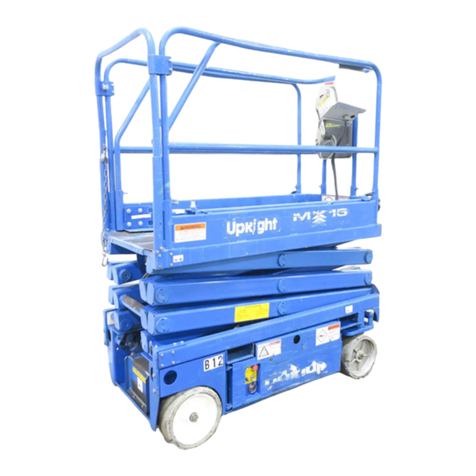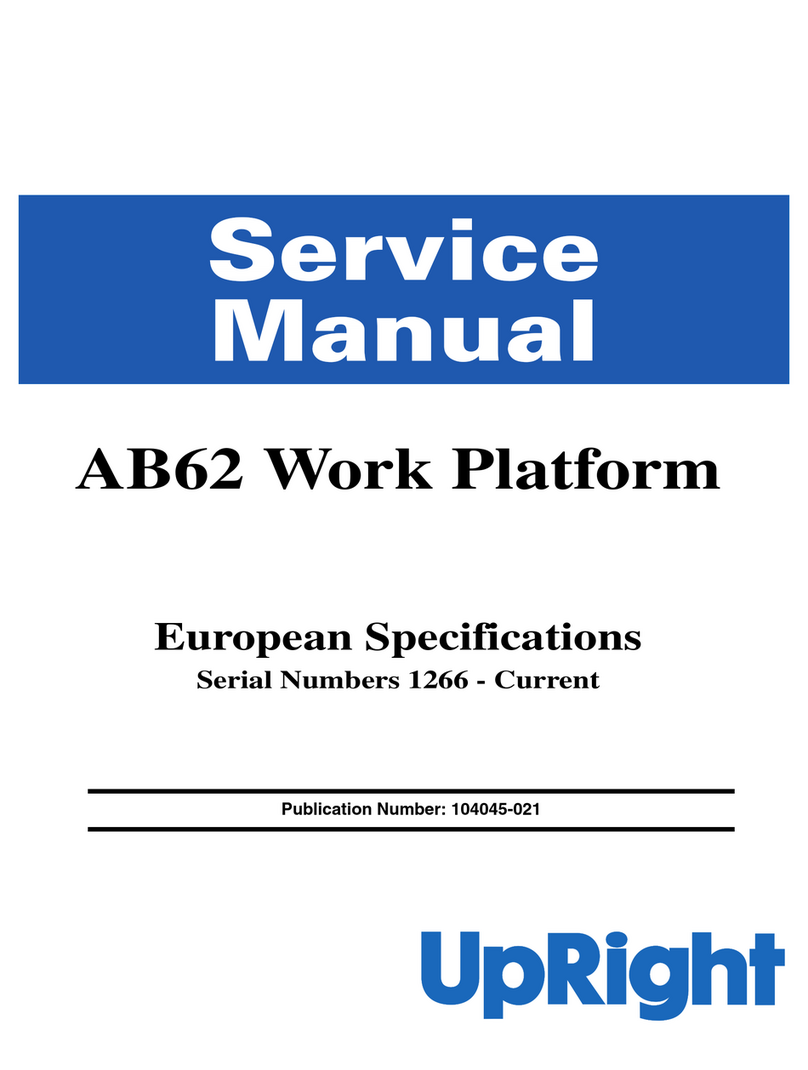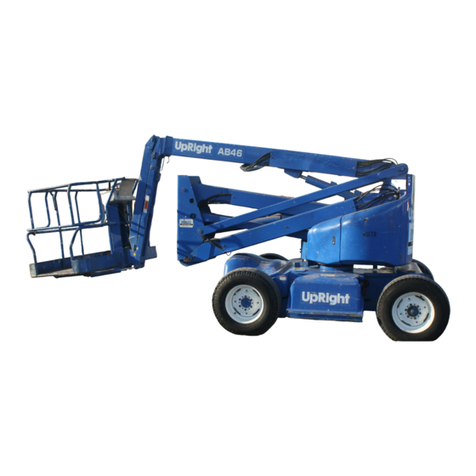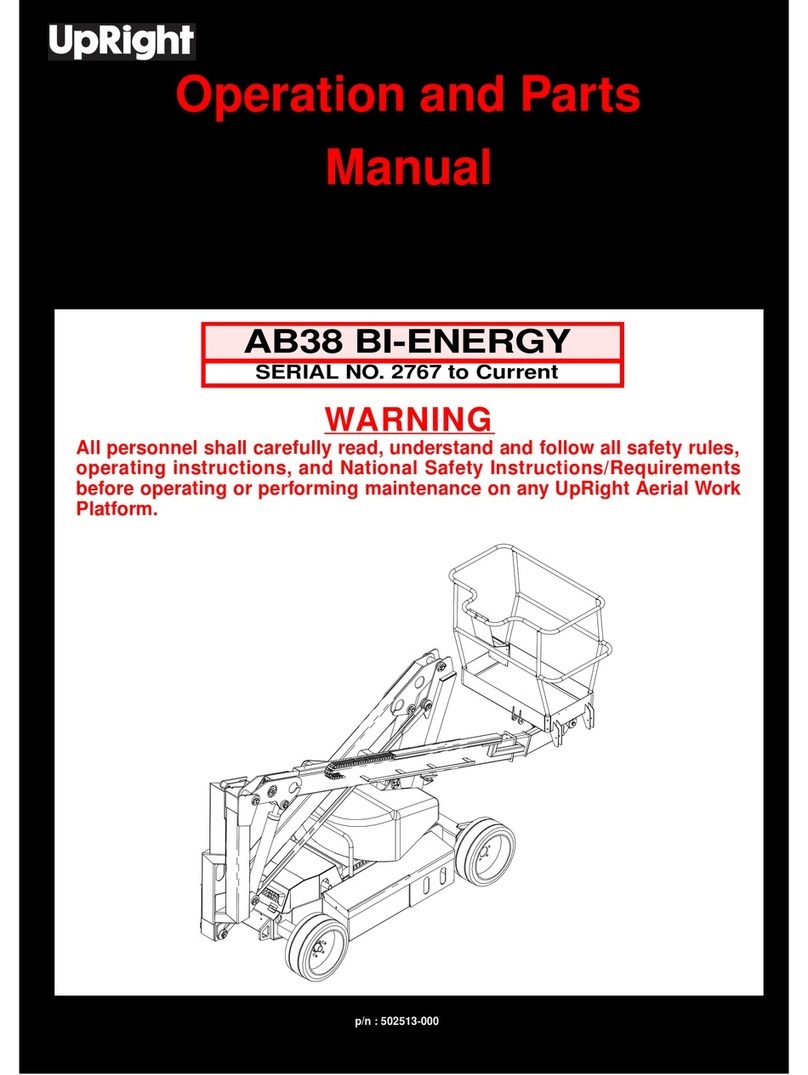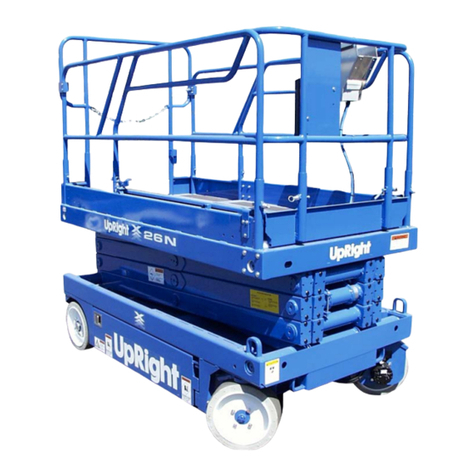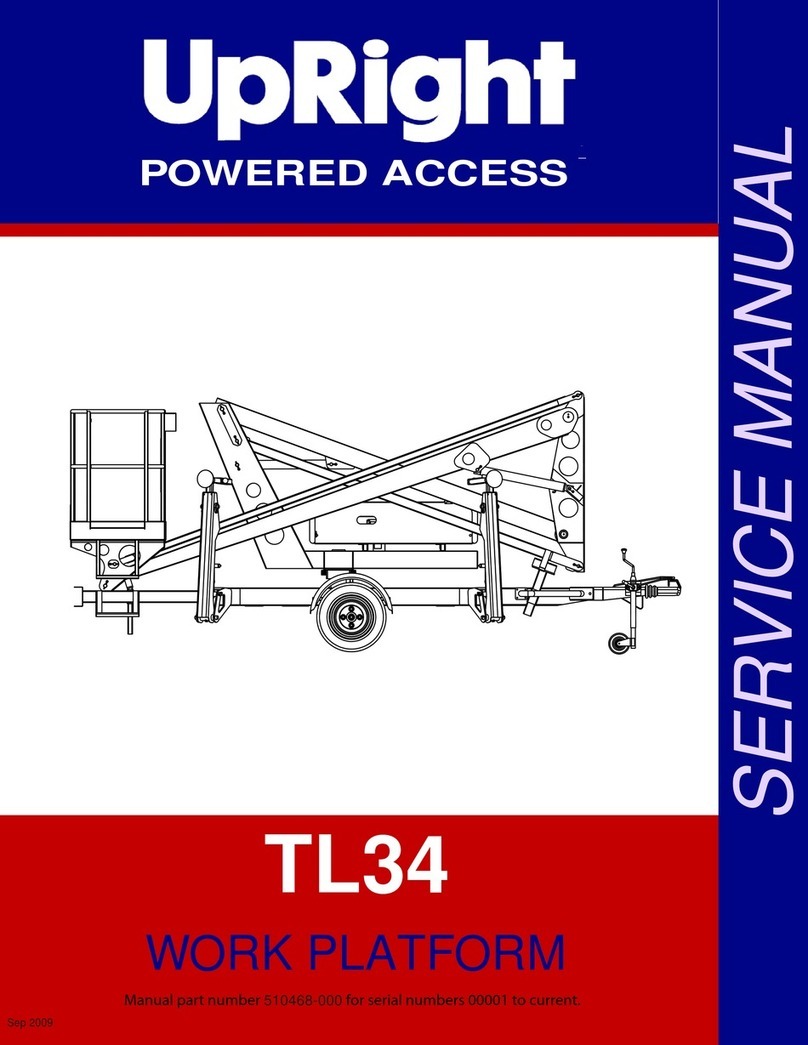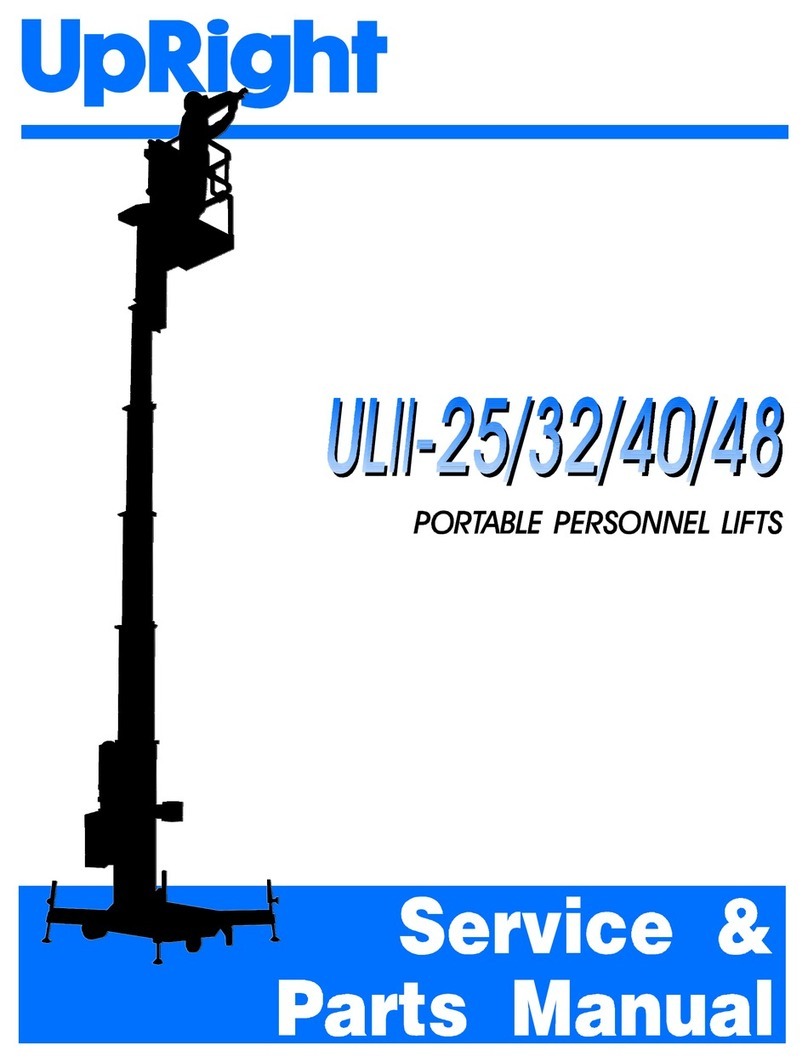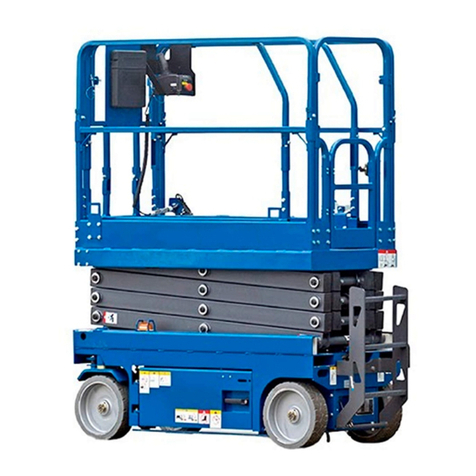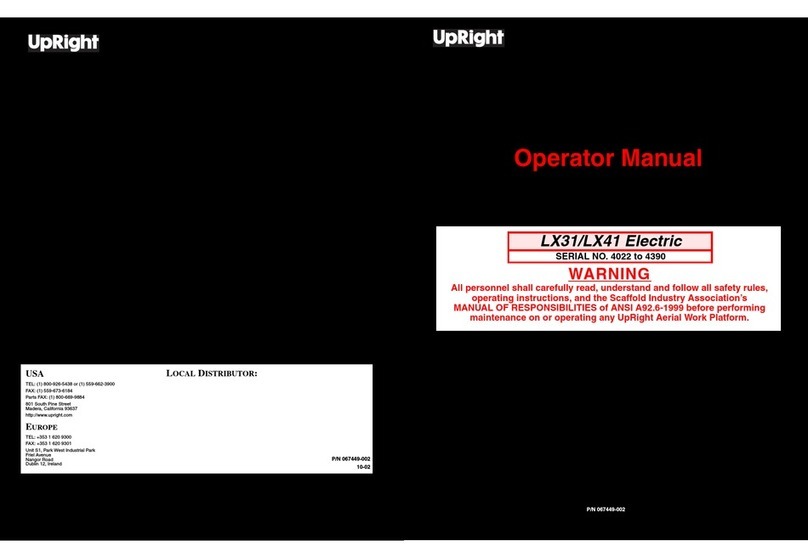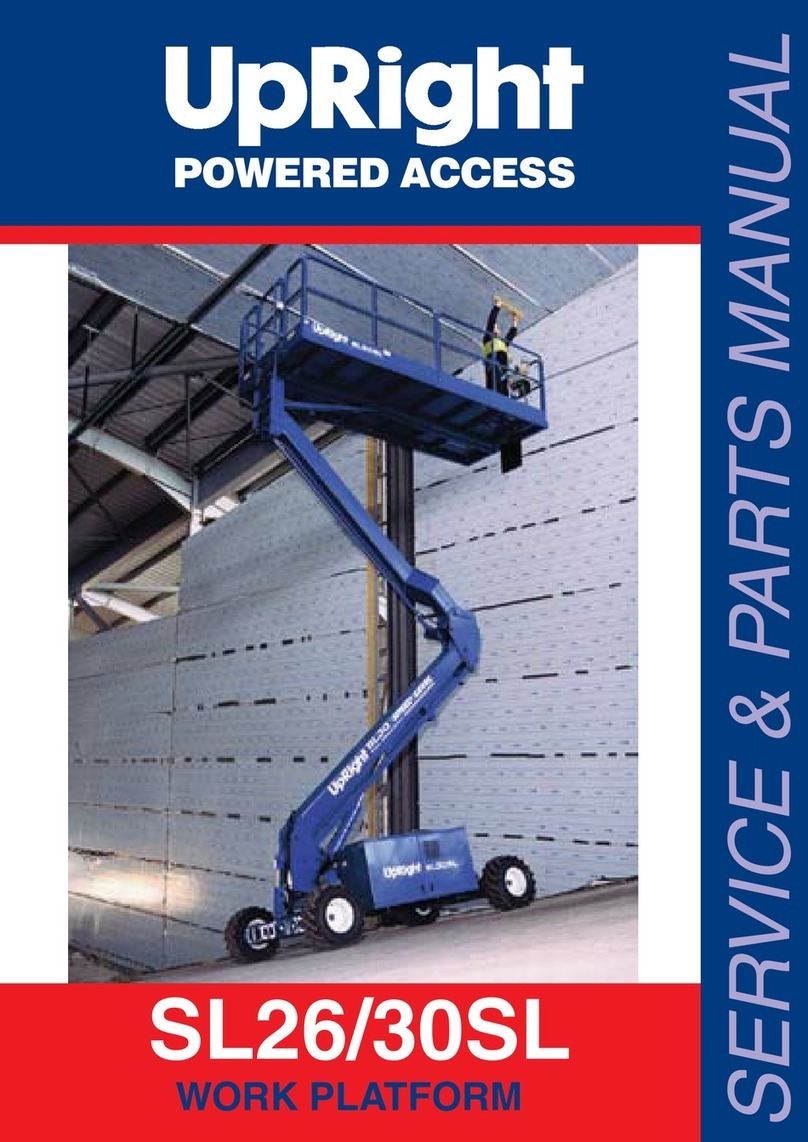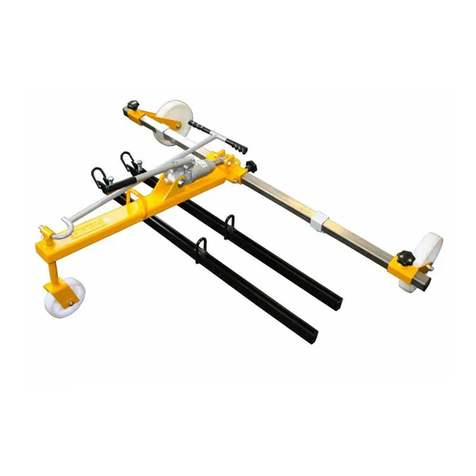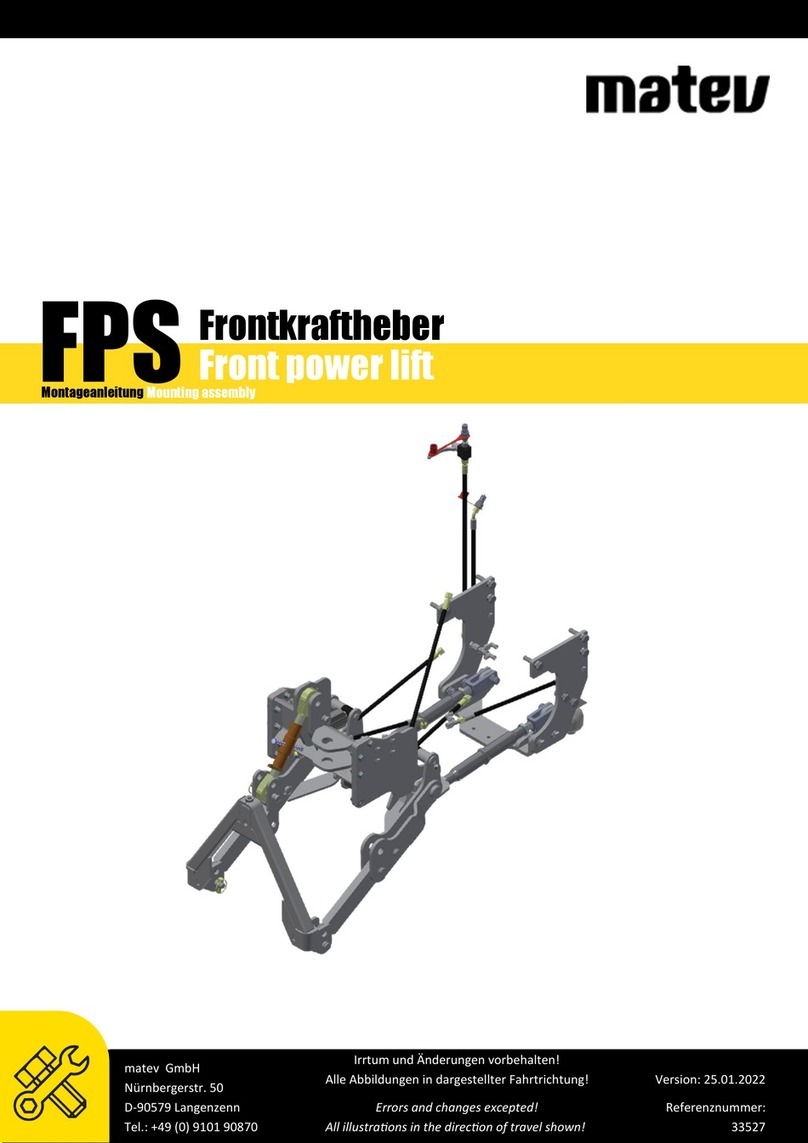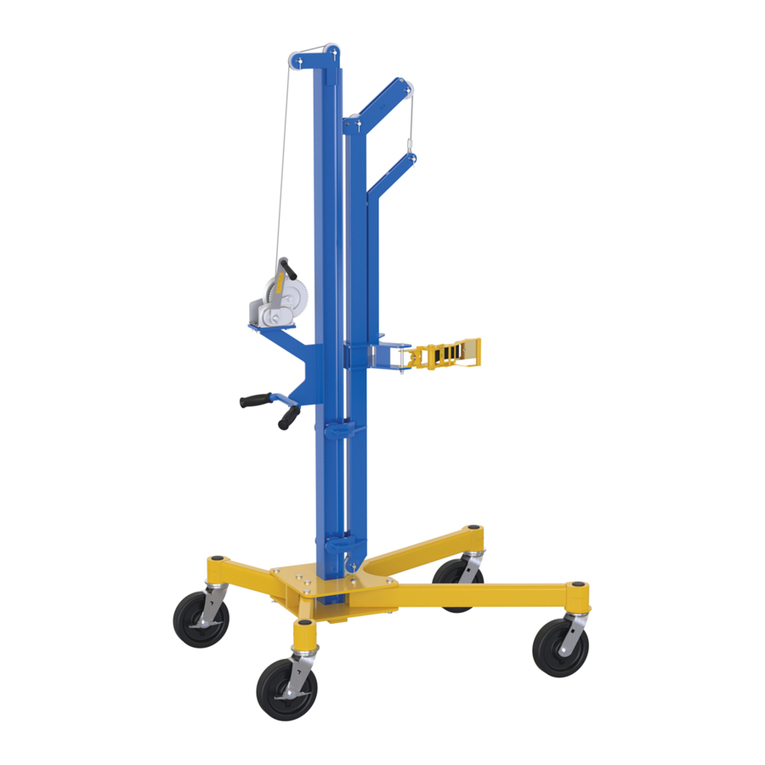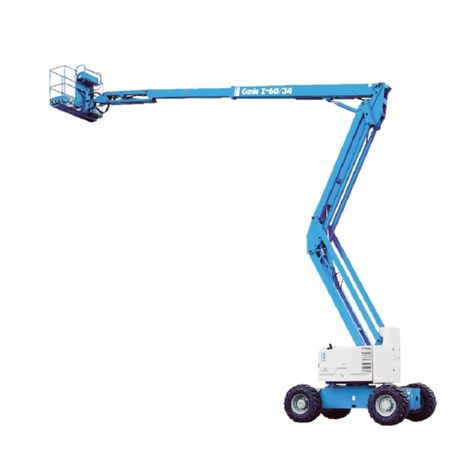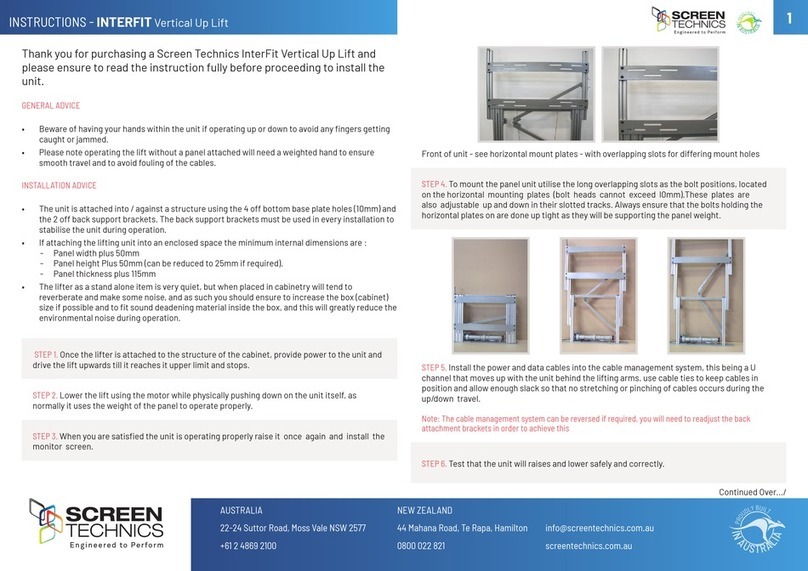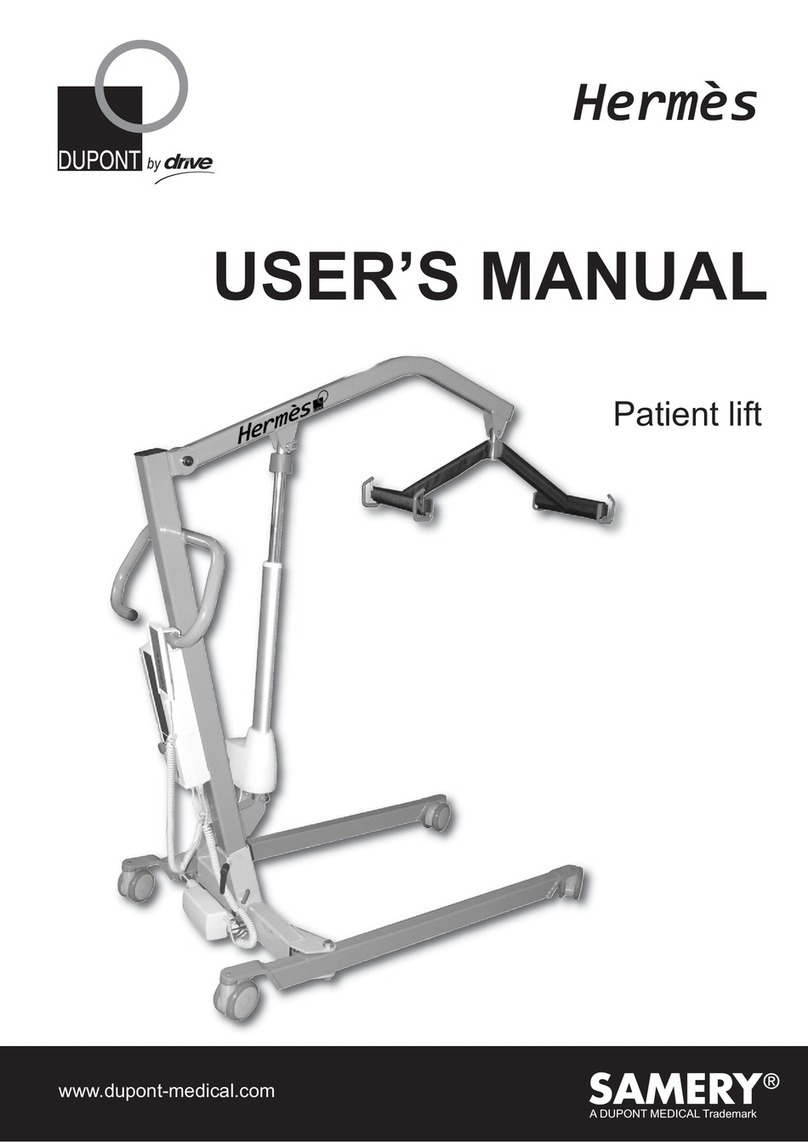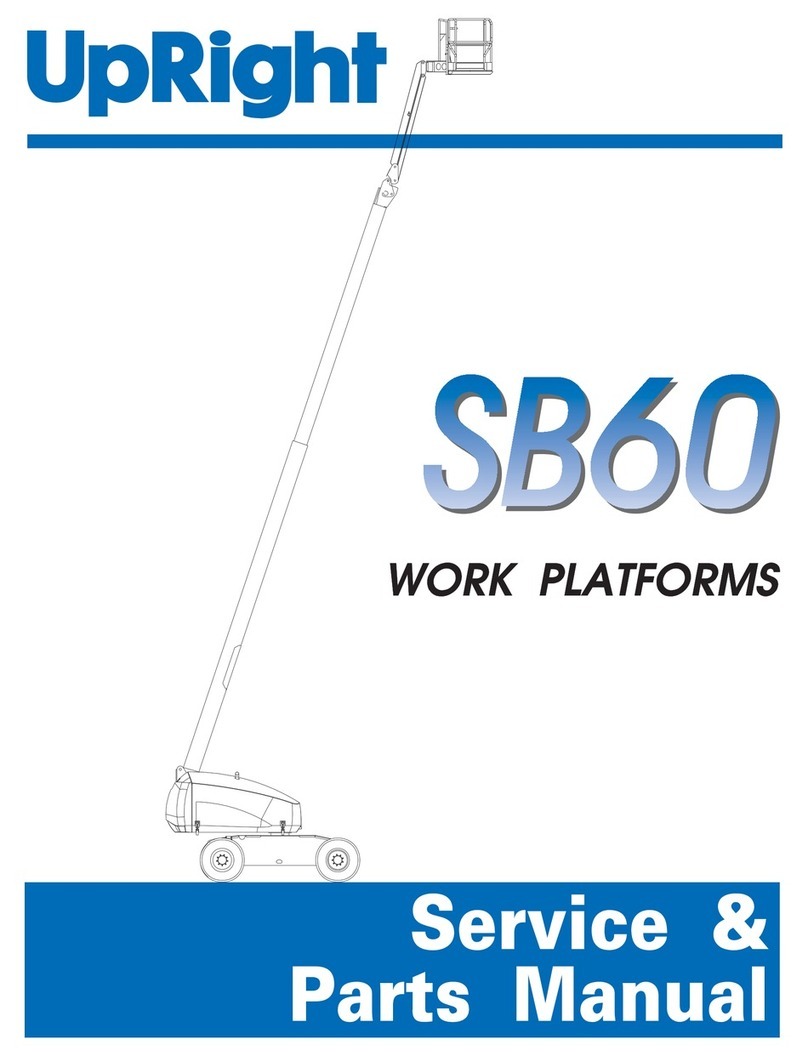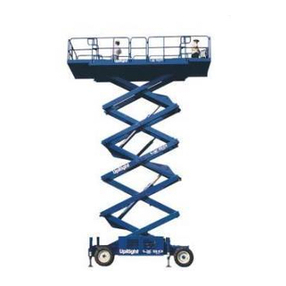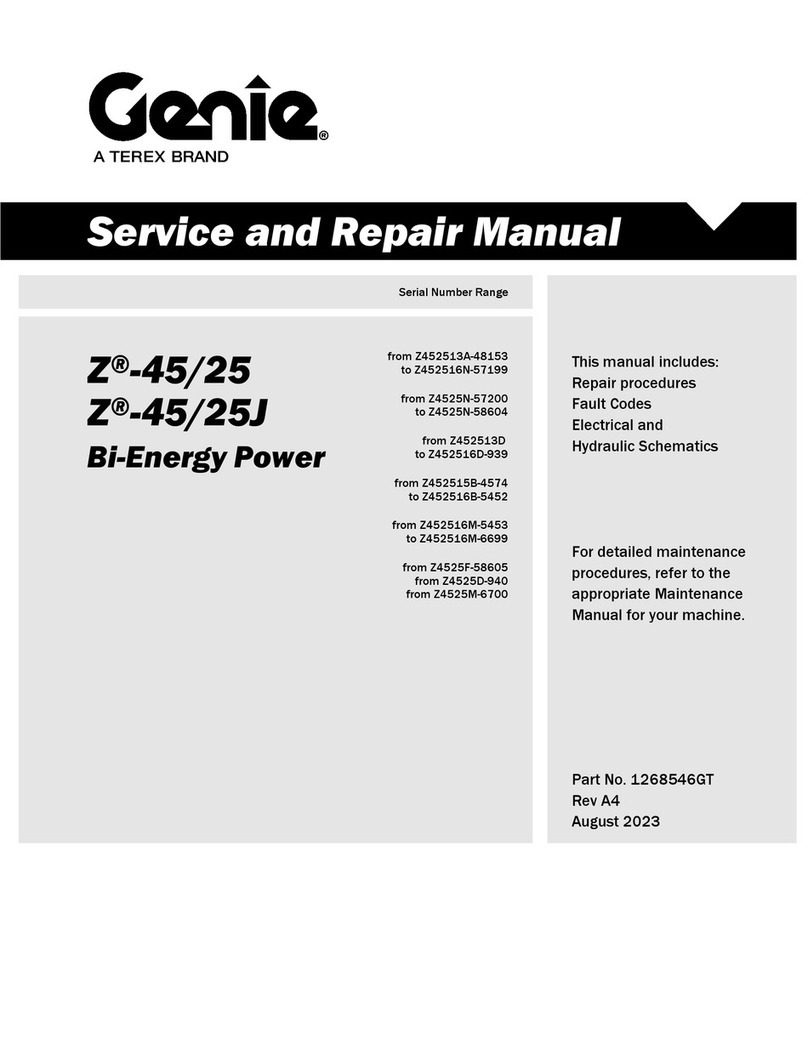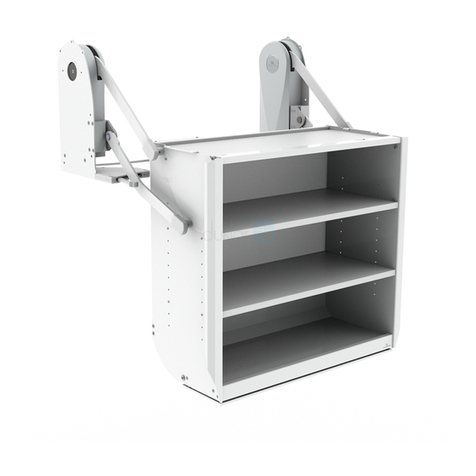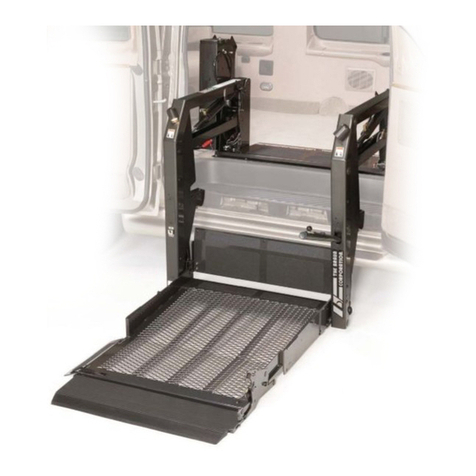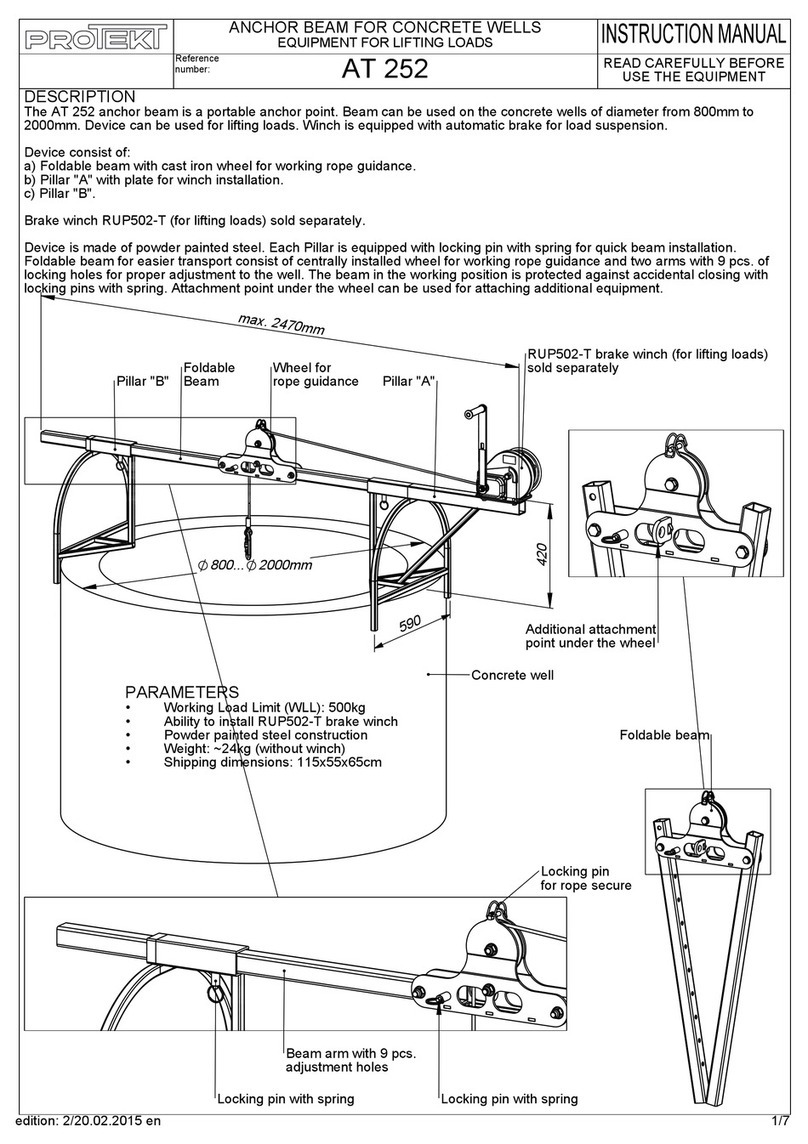42
YGRENE-IB64-BACITAMEHCSCILUARDYHTHGIRPU 300-04386.ONTRAP
HSILGNESIAÇNARFNAMREGHSINAPS
ISP057HCTIWSERUSSERP2op/bl057TATSONAMISP057retlahcskcrDISP057NOISERPEDROTPURRETNI
TFELEHCUAGsknilADREIUQZI
THGIRETIORDsthcerAHCERED
SEKARBSNIERFnesmerBSONERF
YLPPAEKARBSNIERFSEDEGARRESneheiznaesmerBONERFEDRACILPA
ESAELEREKARBSNIERFSEDEGARRESSEDnesölesmerBONERFEDRATLOS
KCOLBEVLAVEKARBNIERFEDEPAPUOSEDEGACOLBkcolblitnevsmerBONERFEDALUVLAVEDEUQOLB
ECIFIRO518518ECIFIRO518ednelB518OICIFIRO
TROPTSETIASSE'DESIRPßlhcsnafürPABEURPEDOTREUP
HGIHTUAHkcrdhcoHOTLA
WOLSABkcrdredeiNOJAB
PMUPEPMOPepmPABMOB
RENIARTSNOITCUSNOITARIPSA'DENIPÉRCbeisgasnANOICARIPSAEDORTLIF
RETLIFNRUTERRUOTEREDERTLIFretliffalkcüRONROTEREDORTLIF
MPG5.2nim/.lag5,2MPG5,2MPG5.2
REETSNOITCERIDgnkneLRIGIRID
RESIRTNEMEVÈLUOSEDÉLUCITRASARBkinahcembHRODAVELE
DNETXEMOOBEHCÈLFALEDTNEMEIOLPÉDnerhafsaregelsAAMULPREDNETXE
ESIARMOOBEHCÈLFALEDNOITAVÉLÉnebehregelsAAMULPRAVELE
BIJXUAF-À-ETROPNESARBmramrofttalPOZARB
RETSAMERTÎAMlitnevtpaHORTSEAM
EVALSEVALCSElitnevegloFOVALCSE
ETATOREGACALEDSPROC-EDRAGUDNOITATOR
EMROF-ETALP
neknewhcsbrokrhaFALUAJRATOR
WELSEUEUQ-À-ETETneknewhcSRATOR
LEVELMIRTETTEISSA'DUAEVINnereilleviNETSUJAEDLEVIN
FEILERHGIHEÉVELÉ,NOISSERPEDNOITCUDÉRgntsaltnekcrdhcoHOTLAOIVILA
PMUDHGIHÉVELÉ,TNEMEGRAHCÉDnessalbakcrdhcoHOTLAAGRACSED
ETARWOLTIBÉDELBIAFmasgnalOJABDADICOLEV
RETREVIDRUETITRAPÉRlitnevknelmURODAVIRED
PMUPDNAHNIAMÀEPMOPepmpdnaHLAUNAMABMOB
KCOLBEVLAVMOOBALEDEPAPUOSEDEGACOLB
EHCÈLF
kcolblitnevregelsAAMULPEDSALUVLAVEDEUQOLB
FEILERWOLESSAB,NOISSERPEDNOITCUDÉRgntsaltnekcrdredeiNOJABOIVILA
ETATORTERRUTREVLOVERUDNOITATORneknewhcslletsegherDERROTRATOR
3
Introduction
This manual covers the operation of electric powered
models of the AB-46 Articulated Boom. This manual
must be stored on the machine at all times.
Pre-Operation and Safety
Inspection
Carefully read, understand and follow all safety rules,
labels, and operating instructions, then perform the
following steps each 2 day before use.
Perform a complete visual inspection of the entire unit
prior to operating. Check the following areas for
discrepancies:
1. Open panels and check h draulic components /
hoses for damage or leaks. Check electrical
components / wiring for damage or loose
connections.
2. Inspect chassis, axles, hubs, and steering linkage
for damage, deformation, buckled paint, loose or
missing hardware, and cracked welds.
3. Check tires for damage, punctures, and inflation; tire
pressure must be 75 psi.
4. Check all hoses / cables for wear.
5. Inspect elevating assembl for damage, deformation,
buckled paint, loose or missing hardware, and
cracked welds.
6. Inspect platform and guardrails for damage,
deformation, buckled paint, loose or missing
hardware, and cracked welds. Insure that gate
operates freel and latches securel .
7. Check H draulic fluid level with platform full
lowered.
8. Check batter fluid level (see batter maintenance,
page 9).
9. Check fuel level, add fuel if necessar .
10. Ensure that radiator is cold, check coolant level. Add
if necessar .
Never remove the cap from a hot radiator. Hot
coolant can cause severe burns.
DO NOT use a machine that is damaged or
malfunctioning. Tag and remove the unit from
service until it is repaired.
SYSTEM FUNCTION INSPECTION
Note: Refer to figures 1 and 2 for chassis and
platform control locations.
1. Before performing the following tests, check area
around machine and overhead for obstructions,
holes, drop-offs, and debris.
2. Turn chassis ke switch to chassis, and turn on
(rotate clockwise) emergenc stop switches at the
chassis control panel and at the platform control
panel.
Note: The machine may be powered by batteries or
by engine. To power the machine by engine, press
the engine start button to crank the engine; release
when engine starts. If engine is cold: press the
preheat button and hold for six seconds prior to
starting diesel models.
3. Push in the chassis emergenc stop button and
operate an function switch at the chassis control
panel, function should NOT activate. Repeat for
platform emergenc stop button, operating chassis
controls. Return both emergenc stop switches to
the on position.
4. Operate each function switch to raise / lower, extend
/ retract, rotate left / right, each section of the
elevating assembl and observe the operation of the
machine. All functions should operate through full
c cle smoothl .
5. Turn chassis ke switch to platform.
6. Mount the platform, close and latch the gate, and
attach approved fall restraint to designated platform
anchorage point. Attach onl one fall restraint to each
point.
7. Without depressing the foot switch, move the drive
control handle, machine should not function.
8. Depress the foot switch and move the drive control
handle forward and reverse. Observe that
proportional functions operate smoothl , and that
brakes appl quickl after control is released.
9. While depressing foot switch, operate steer switch to
left and right. Observe that steering wheels turn
properl .
10. While depressing foot switch, turn function speed
control knob to desired setting, and operate boom
controls. Observe that boom operates smoothl ,
and that upper boom, jib, turret rotation, platform
level, and platform rotation controls operate
proportionall in conjunction with function speed
control knob. Observe that platform maintains level
when boom is elevated.
11. With the upper boom elevated one foot, operate drive
control handle. Observe that drive speed is limited
to creep (1/2 foot [.15 m] per second). Lower upper
boom to stowed position.
12. Press the service horn button. Observe that horn is
audible.





